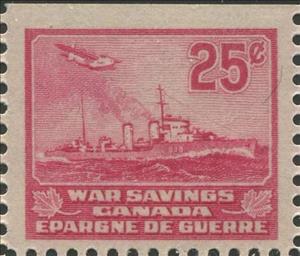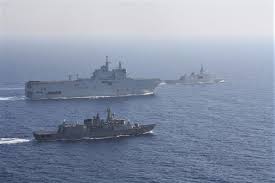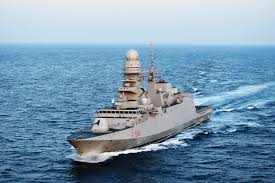Stamp: Destroyer (Canada 1940)
Destroyer (Canada 1940)
01 January (Canada ) within release War Savings goes into circulation Stamp Destroyer face value 25 Canadian cent
| Stamp Destroyer in catalogues | |
|---|---|
| Colnect codes: | Col: CA WS1940-05 |
Stamp is square format.
Van Dam Revenue Catalog #FWS9Also in the issue War Savings:
- Stamp - Anti-aircraft gun face value 25;
- Stamp - Bomber face value 25;
- Stamp - Destroyer face value 25;
- Stamp - Numeral face value 25;
- Stamp - Nurses face value 25;
- Stamp - Pilots face value 25;
- Stamp - Sailor face value 25;
- Stamp - Soldier face value 25;
- Stamp - Spitfire face value 25;
- Stamp - Tank face value 25;
- Booklet Pane - War Savings - booklet pane face value 8*25;
- Booklet - Canada War Savings Stamps face value 10;
- Booklet - Canada War Savings Stamps face value 10;
- Booklet - Canada War Savings Stamps face value 10;
- Stamp - Numeral face value 25;
- Booklet Pane - Numeral face value 8*25;
- Booklet Pane - Spitfire face value 8*25;
|
Data entry completed
50%
|
|
|---|---|
| Stamp Destroyer in digits | |
| Country: | Canada |
| Date: | 1940-01-01 |
| Emission: | Savings Stamps |
| Format: | Stamp |
| Face Value: | 25 Canadian cent |
Stamp Destroyer it reflects the thematic directions:
An aircraft (pl. aircraft) is a vehicle that is able to fly by gaining support from the air. It counters the force of gravity by using either static lift or the dynamic lift of an airfoil, or, in a few cases, direct downward thrust from its engines. Common examples of aircraft include airplanes, rotorcraft (including helicopters), airships (including blimps), gliders, paramotors, and hot air balloons.Part 1 (Definitions and Abbreviations) of Subchapter A of Chapter I of Title 14 of the U. S. Code of Federal Regulations states that aircraft "means a device that is used or intended to be used for flight in the air."
Aviation is the practical aspect or art of aeronautics, being the design, development, production, operation and use of aircraft, especially heavier than air aircraft. The word aviation was coined by French writer and former naval officer Gabriel La Landelle in 1863, from the verb avier (synonymous flying), itself derived from the Latin word avis ("bird") and the suffix -ation.
A military, also known collectively as an armed forces, are a heavily armed, highly organized force primarily intended for warfare. Militaries are typically authorized and maintained by a sovereign state, with their members identifiable by a distinct military uniform. They may consist of one or more military branches such as an army, navy, air force, space force, marines, or coast guard. The main task of a military is usually defined as defence of their state and its interests against external armed threats.
A navy, naval force, military maritime fleet, war navy, or maritime force is the branch of a nation's armed forces principally designated for naval and amphibious warfare; namely, lake-borne, riverine, littoral, or ocean-borne combat operations and related functions. It includes anything conducted by surface ships, amphibious ships, submarines, and seaborne aviation, as well as ancillary support, communications, training, and other fields.
A ship is a large watercraft that travels the world's oceans and other sufficiently deep waterways, carrying passengers or goods, or in support of specialized missions, such as defense, research and fishing. Historically, a "ship" was a sailing vessel with at least three square-rigged masts and a full bowsprit. Ships are generally distinguished from boats, based on size, shape and load capacity.
A warship or combatant ship is a ship that is used for naval warfare. Usually they belong to the navy branch of the armed forces of a nation, though they have also been operated by individuals, cooperatives and corporations. As well as being armed, warships are designed to withstand damage and are typically faster and more maneuverable than merchant ships. Unlike a merchant ship, which carries cargo, a warship typically carries only weapons, ammunition and supplies for its crew.






